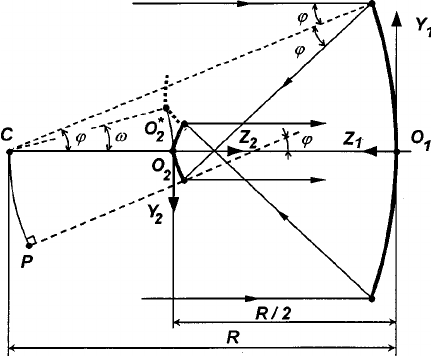Citation
Barcala, X., Gambra, E., Sawides, L., Martinez-Ibarburu, I., Rofriguez-Lopez, V., & Dorronsoro, C.; Optical quality evaluation for active afocal systems. Optical Design and Engineering VIII (Vol. 11871, pp. 133-143). SPIE. (2021 Sept.). For more information, click here.
Abstract
SimVis Gekko is a novel see-through binocular visual simulator that is based on liquid-membrane tunable lenses (TLs) projected onto the pupil of the eye using a twisted miniaturized 4-f system. Following a temporal multiplexing approach that introduces periodic defocus variations in optical power at 50Hz, the TL generates multifocal images on the retina of the observer, that look static. In this study, the image quality of different tentative designs of SimVis Gekko was evaluated for different optical powers. The full optical system of SimVis Gekko was computer simulated to get the spot size, prismatic shift, angular magnification, and field curvature up to 20° of field of view. An image quality bench was developed to capture and process images through the SimVis Gekko simulator. The system comprises a grayscale camera and a 19- mm focal-length lens with an adjustable diaphragm. A high-resolution screen was placed at one meter with two different targets: (1) a checkerboard, imaged through a 1-mm diaphragm, to measure optical quality, prismatic shift, magnification, and optical distortion; (2) a binary noise, imaged through a 5-mm diaphragm, used to measure the local field curvature and image quality. Images were obtained from 1 to 3D of the TL and automatically analyzed. Theoretical simulations and experimental measurements showed good agreement. Magnification and curvature were the major differences across designs. The last version measured was free of optical distortions with a central curvature-free area with high optical quality. The developed system could guide the assembly and fine adjustment of active afocal optical systems.

